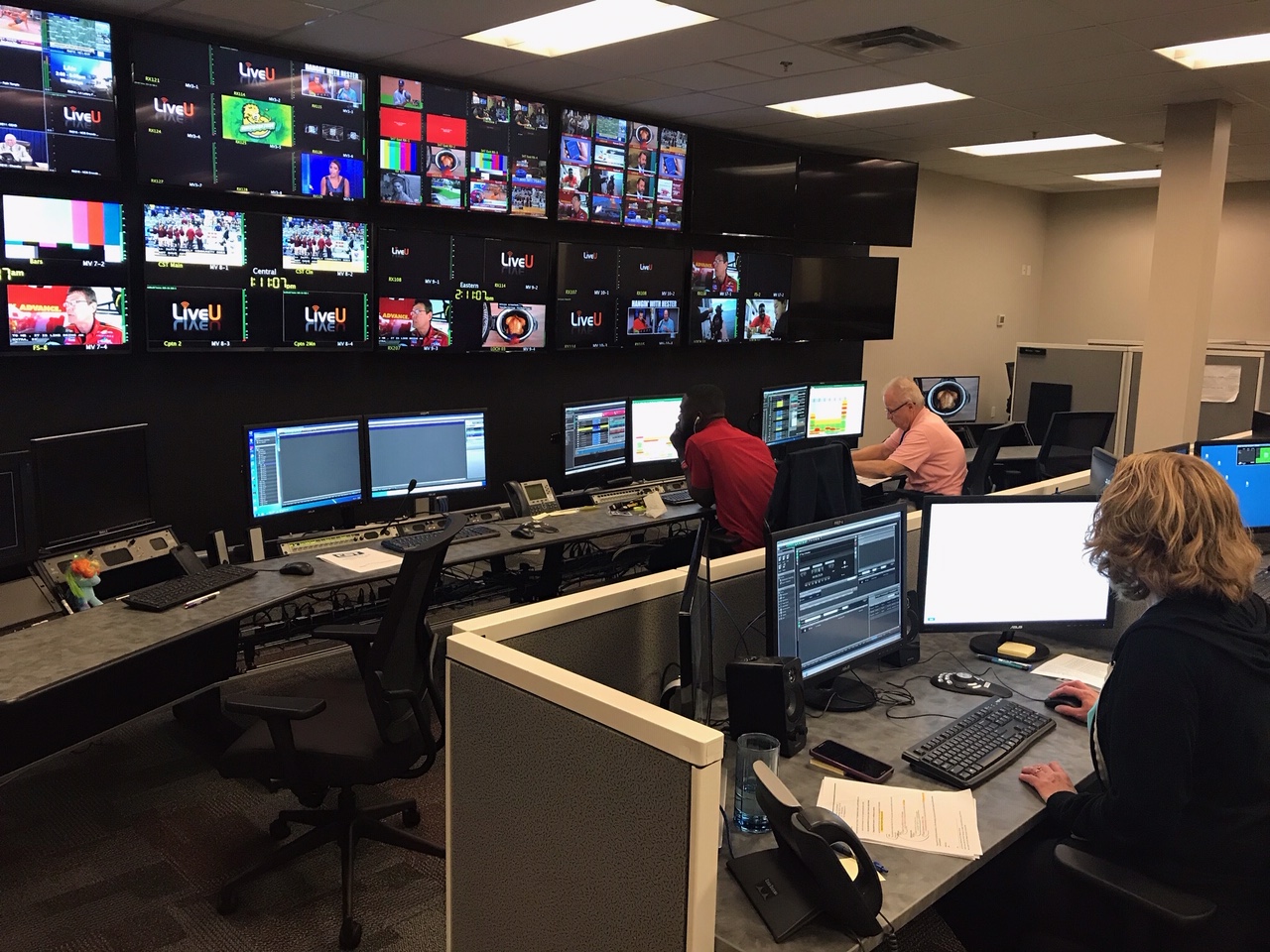YurView Taps Pebble Beach to Manage Workflow Across Multiple Markets
PHOENIX—The YurView network from Cox Communications delivers local, regional and national broadcasts as well as live streaming and digital content to customers across the United States. The company produces Emmy award-winning sports coverage along with original programming that covers the outdoors, entertainment, arts, events, people, businesses, news and more. Each of the regions where Cox Communications has a presence has a YurView channel, featuring paid programming as well as local and shared programming produced by Cox. Live university and high school sports also form an important part of the content offered in each market.
Three years ago, we decided to bring all local market feeds into a single centralized facility in Phoenix, and to have a single master control to manage all content. With markets in California, Nevada, Arizona, Louisiana, Oklahoma, Kansas, Nebraska, Rhode Island, Connecticut, Florida and Virginia, each local station was responsible for its own master control operations, but the organization identified that many of the legacy playout automation systems in these locations were fast approaching end of life.
DRIVING THE NEED TO CENTRALIZE

Many TV stations have been driven to centralize operations, which frequently results in the creation of regional hubs. Instead of a regional hub, the Cox YurView team created a national hub to provide an economy of scale with fewer operators watching over more channels. Making one investment in technology in one place, when content originates from so many locations, is typically much more efficient and cost effective. Creating a centralized storage hub that everyone can pull from rather than distributing and storing content on local storage systems was a key goal. This allows outside clients to upload content instead of distributing to FTP sites across the country and removes the need for equipment to transcode material in each market since it is all processed and stored in one place at the same time.
To make single master control operation happen, engineers and integrators developed an infrastructure that allowed all local programming to arrive in Phoenix and be recorded onto a Harmonic Omneon system. For a time, the legacy Sundance automation was deployed for this, but the YurView team needed to identify an alternative solution that would allow them to move forward and future-proof their operations. Pebble Beach Systems’ Marina automation system had a lot of similarities to what operators had been using and represented a state-of-the-art playout automation system that could bring operations into the future. The included migration tools gave the team confidence that they could seamlessly migrate playout operations to the new system with no disruption.
The YurView team made the move to Pebble’s Marina automation in August 2018 during a building expansion for the master control operators. They now have 17 channels going out across multiple markets, plus three or four smaller channels. The main YurView channels and Cox Sports TV, which is predominantly distributed throughout the southeast, originates out of the company’s Phoenix location by operators using the Marina system.
TIGHT INTEGRATION IS KEY
At the heart of the system sits Marina and the Harmonic Omneon playout system. The new Harmonic Spectrum X playout devices integrate DVEs and graphics, and Marina gives all the commands over IP for doing lower-third weather delay graphics or similar workflows, so it’s a very simple process. Other systems may require talking to a playout port, a graphics device and other devices independently, with the potential of having to use GPI commands to trigger things. Marina and Spectrum X integration is operationally seamless for managing items on the playlist and entering commands into the system.
For Cox Sports TV, there’s a considerable amount of live sports programming that will then be replayed at a later time. The program producers use a lot of graphics bugs to tell viewers when content is live or that it’s a replay in the upper right of the screen. This becomes a simple secondary event in the Marina playlist. Operators go to a menu and pull the bug that they want and simply drag it onto the event in the playlist where it’s supposed to go. At the end of the playlist, Marina automatically pulls the bug off, goes to a commercial break and comes back into the next segment where there’s another secondary event to put the bug in.
NEW FEATURES EQUAL NEW REVENUE OPPORTUNITIES
Marina has allowed operators to utilize more SCTE 35 commercial insertion commands, which was impossible to do with the previous automation system.
For example, when broadcasting a Fox Cardinals game, for the avails during the commercial breaks (which allows the downstream content distributors to insert commercials), operators can take a trigger from Fox that instructs Marina to start a commercial break. This enables the team to make use of their own programming, or conversely, they can send that command downstream to trigger any of the downstream commercial insertions that happen in the regional markets.
The Yurview team works closely with the Cox Media part of the organization as they are focused on commercial programming for the local markets. Being able to send those commands out and have separate commercial insertions for each of the regions has enabled account executives to maximize their sales.
The Pebble engineers are installing a redundant Marina system with automatic failover soon. This sophisticated system will give the team even more security for their operations while supporting the organization as it continues to evolve.
David Russin is vice president of sales, the Americas, Pebble Beach Systems.
Get the TV Tech Newsletter
The professional video industry's #1 source for news, trends and product and tech information. Sign up below.
